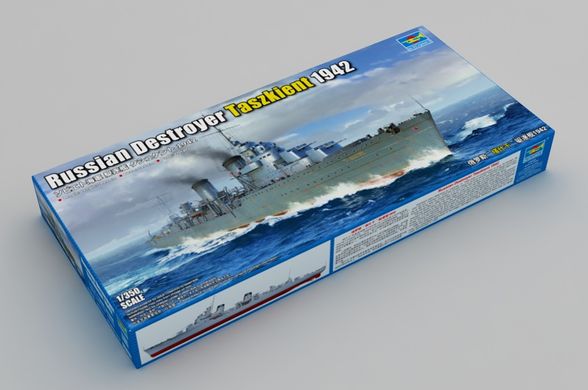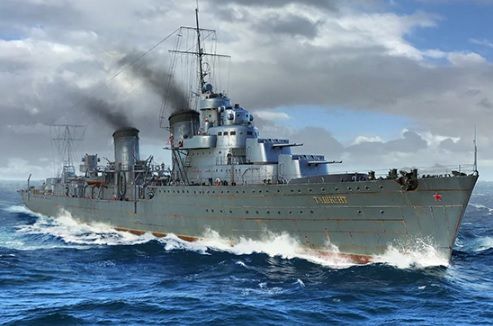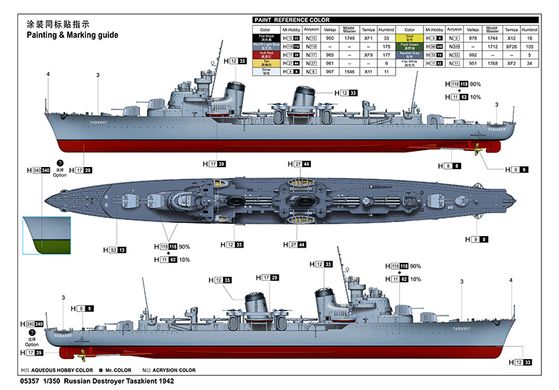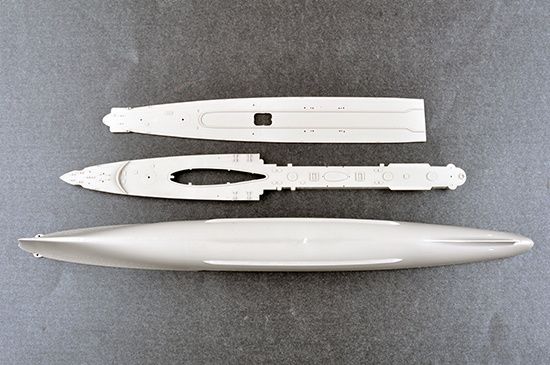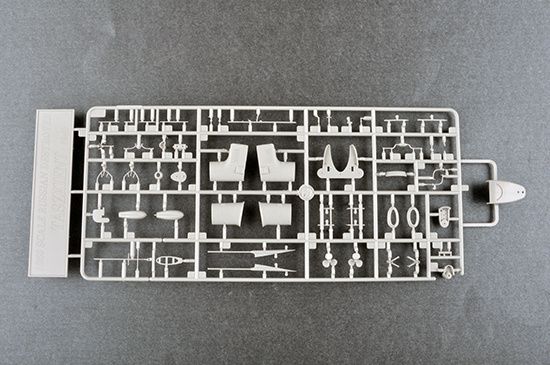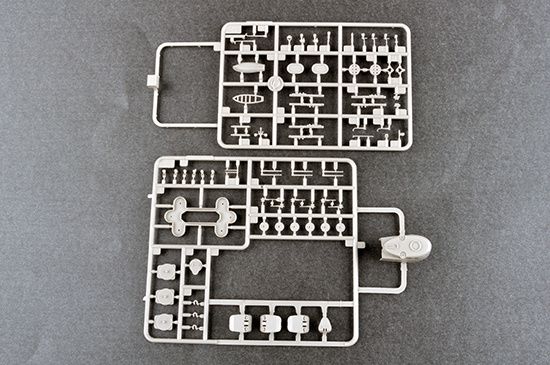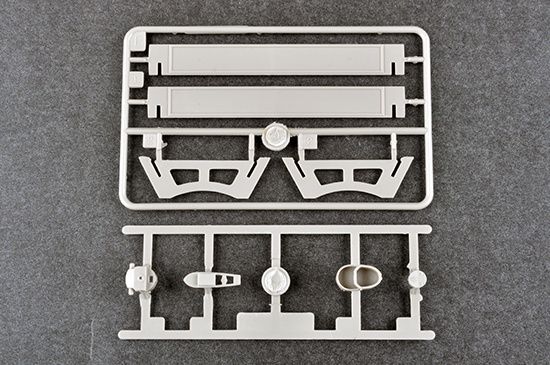"Tashkent" is a Soviet destroyer of the Second World War. The keel for this installation was laid in January 1937, launched in December of the same year, and put into service in May 1939. The length of the ship was 139.7 meters, and the width was 13.7 meters. The full displacement reached about 4200 tons, and the maximum speed - about 42-43 knots. Deck armament at the time of launching consisted of: 6 130-mm guns, 2 76-mm anti-aircraft guns and 9 533-mm torpedo tubes. "Tashkent" was one of the built ships of the 20I project, which was designed as the so-called great destroyers. Strong artillery armament of these units and their achievement of the highest maximum speed were expected. Their main purpose was to deal with the light surface units of the enemy, and also to act independently, for example, to build mine barriers. Tashkent was built at the Italian shipyard Odero-Terni-Orlando (OTO) in Livorno. After entering into force, the unit became part of the Black Sea Fleet. In the period 1939-1941 the ship was tested by the Soviet Union, as well as its crew in training and designated for representative tasks. At the beginning of the German-Soviet war, the ship was in the Black Sea basin. The unit was used, among other things, to fire at enemy positions on land and primarily to support the defenders of Sevastopol in the period 1941-1942. In June 1942, it, as the last large surface ship, broke through to the besieged fortress, and then about 2,300 refugees escaped from it. Despite air attacks and serious damage, he reached the base in Novorossiysk. The unit was sunk shortly after this heroic feat, on July 2, 1942.















